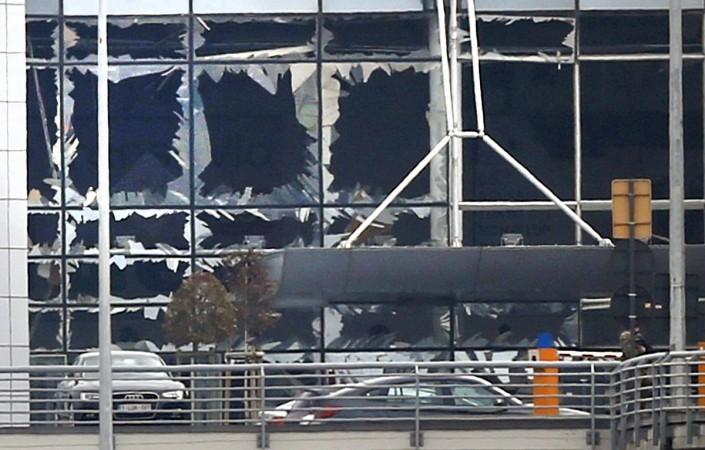
The bombs that killed over 30 people in Brussels Tuesday were made from everyday items, including nail varnish remover and drain cleaners, with the attackers concocting the deadly cocktail powder TATP, or triacetone triperoxide, in an apartment not far from the Zaventem airport. Also used in the Nov. 13 Paris attacks, the explosive seems to have become the bomb of choice for the Islamic State group.
The El Bakraoui brothers, both of whom were killed when they detonated their explosives at the airport and the Maelbeek metro station, had made the home-made bombs in an apartment in an under-renovation building in Schaerbeek,15 minutes from the airport, according to Reuters. The neighourhood became the scene of intensive police raids following the blasts, with several suspects arrested from the area.
Soon after the blast, the Belgian police discovered 15 kgs of TATP at the apartment, along with 180 litres of the chemicals the attackers used to make the bombs. The white powder had been referred to as "the mother of Satan" by Palestinian insurgents in the 1980s, Reuters said.
The availability of the items that went into making the deadly bomb, which comprised acetone used in cleaning products, hydrogen peroxide used in wood bleach and sulphuric acid used in clearing kitchen pipes, makes the TATP a potential risk for more attacks in Europe and outside, the report said. It is also reportedly cheaper and easier to make compared to other explosives, and can also be taken past airport scanners without being detected. Sniffer dogs are likely to catch the heavy smell of the chemicals, but there were reportedly few dogs at the airport check-in area Tuesday when the blasts occurred.
Making the TATP bombs is said to be a tricky process, given the highly volatile nature of the powder, but the El Bakraoui brothers may have been aided by Najim Laachraoui, who had reportedly studied engineering. Laachraoui was identified as the second bomber killed in the Brussels airport blast and had also made explosive belts for the Paris attackers.
However, questions have risen over how the terrorists were able to go unnoticed during their bomb-making process, despite a manhunt for Paris attacks suspect Salah Abdeslam in Brussels, American officials told the New York Times.

















